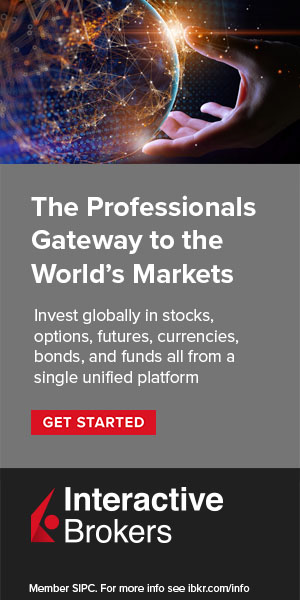LEARN FROM GENERALS OF THE MARKETS – PART 39

“In the end, by becoming astutely aware of what can go wrong, and taking control, we can maintain our winning edge.” – Joe Ross
Richard Donchian, who was an American trader and pioneer of managed futures, lived from 1905 until 1993. His parents were Armenians who came to settle in the US. Richard graduated from Yale, earning a BA in Economics. He started showing interest in stock markets after he read a book about Jesse Livermore (Reminiscences of a Stock Operator). Though he lost some money in the significant bear markets that occurred in the year 1929, he simply used the experience to focus more on chart analysis, paying attention to price actions.
In 1930, he began to deal with Wall Street. He produced a renowned service called Security Pilot and sold it to brokers. He then worked in various capacities at Hemphill, Noyes and Co and Samuel Rug Company. During World War II, he joined the American army, even getting promoted in USAF. When the War was over, he returned to trading, working again in various capacities until he founded Futures, Inc. which was one of the earliest publicly traded commodity portfolios.
Richard started a rule-based trading methodology which was later called Trend following. He believed that markets trended according to their biases for a considerable period of the time. He used moving averages and published various articles on his trading approaches. Thus he came to be known as the father of trend following. In 1960, he was chosen as director of Commodity Research with Hayden Stone, and he started writing a trading newsletter that focused on commodity trend timing. In his lifetime, he was a member of various exchanges.
Richard was a successful trader: he died as a soldier on the battlefield of the financial markets. He was able to turn $0.2 million to $18 million over many years (though this wasn’t easy at all, for he faced drawdowns along the way). Many modern trend-following strategies, including the Turtle trading system, are based on his original ideas. The Richard Davoud Donchian Foundation – a charity organization – was founded in his honor.
Lessons
While alive, Richard published a set of principles that could help today’s traders:
1. Effective trading strategies have to come with rational approaches to money management. Richard dedicated himself to conservative trade management rules, and today’s traders can also achieve success by being conservative as well.
2. Widespread public opinions tend to be wrong. Even when they’re right, it pays to dither before one takes decisions on the markets.
3. Following equilibrium phases in the markets, you would do well to follow the direction of protracted movements when breakouts occur.
4. No matter what your trading rules are, you need to curtail your negative trades and allow your positive trades to make more gains.
5. Richard had trading guidelines that acted as filters (which can’t be mentioned here). There ought to be rational filter in your speculation guidelines. For example, one needs to know when to risk more and when to risk less while trading.
6. Go long in bullish markets and go short in bearish markets; though this rule is dependent on other factors.
Conclusion: In the midst of our daily concerns about risk, negative trades, and how to make profits, we may lose sight of the most important aspect of trading. When successful in the markets, we too may also forget of our limitations and allow our hearts to be filled with dangerous overconfidence. On a different note, we may find ourselves lamenting moments in trading that don’t go your way, rather than focusing on the moments that go in your way.
This article is concluded with a quote from Richard:
“Nobody has ever been able to demonstrate that a complex mathematical equation can answer the question: Is the market moving in an uptrend, downtrend or simply just sideways?”
Eye-opening trading lessons: Lessons from Expert Traders


 Hot Features
Hot Features












